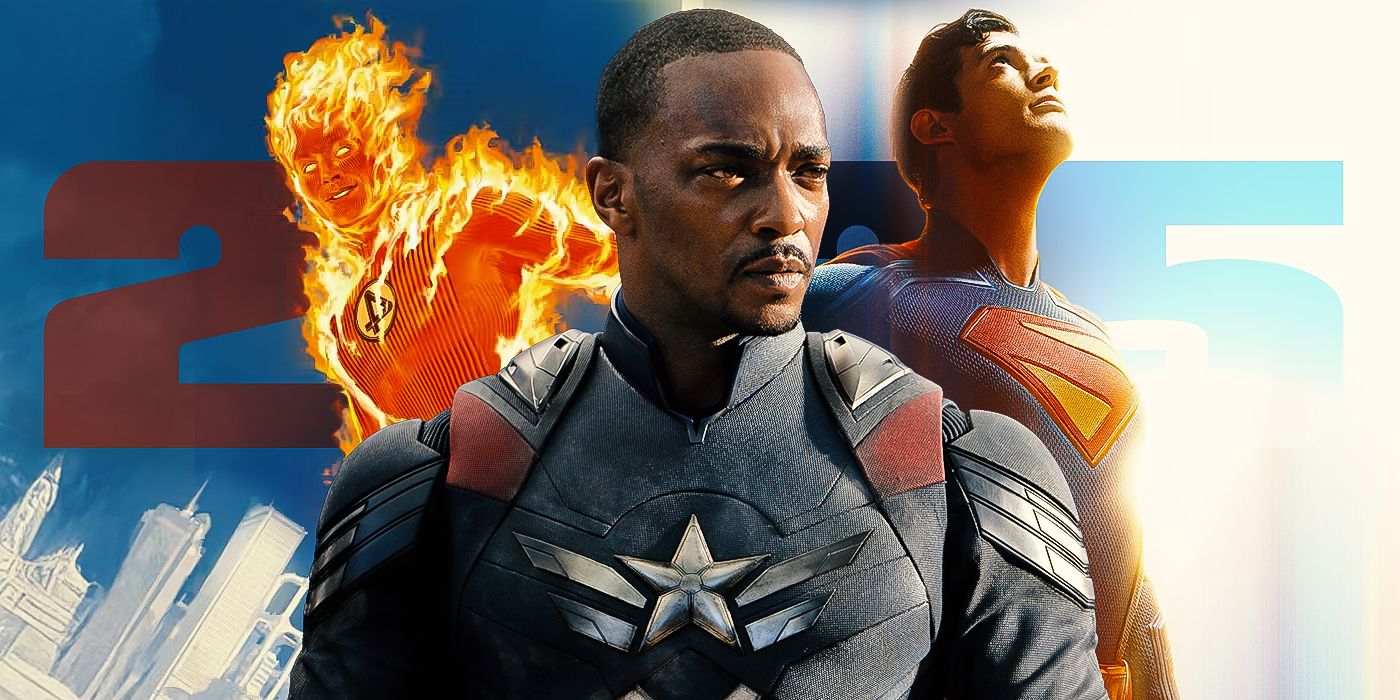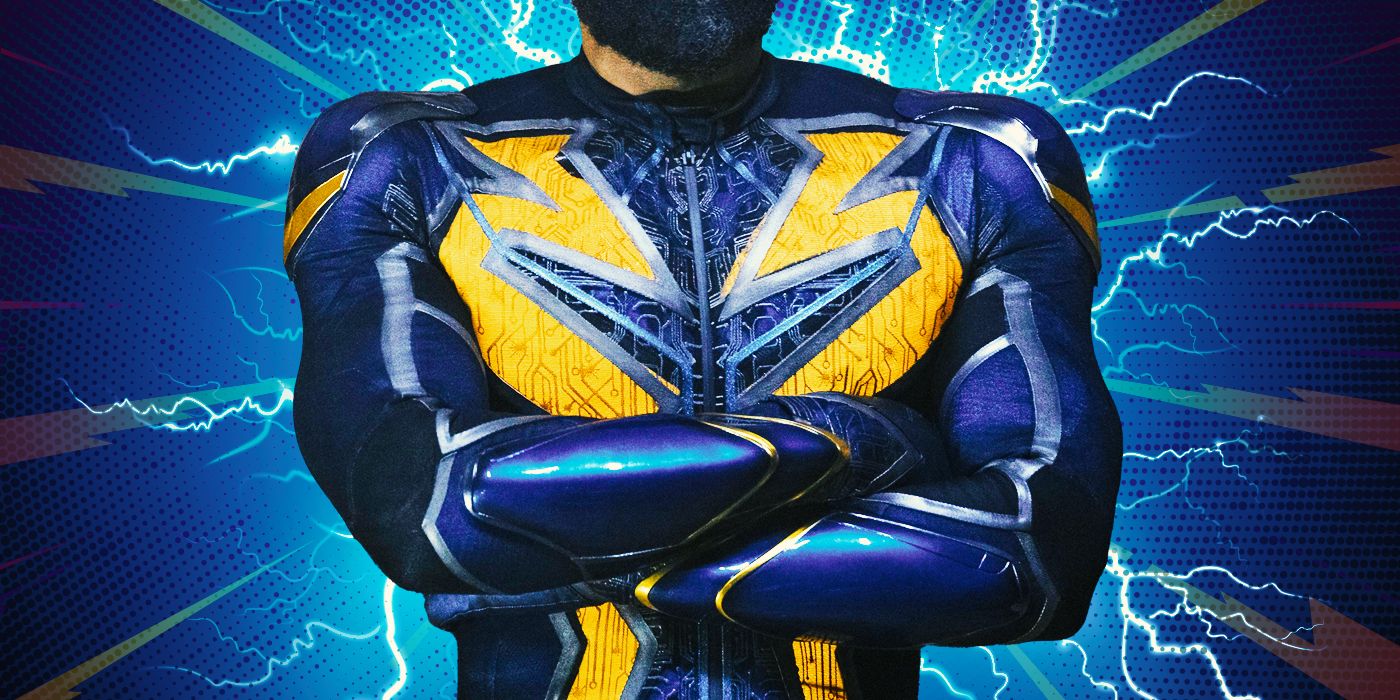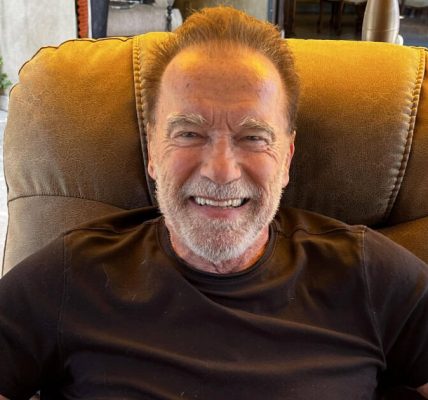The acclaimed CW series, Black Lightning, has carved out a significant niche in the superhero genre by offering a refreshing perspective that diverges from typical narratives. Unlike its Arrowverse peers, Black Lightning emphasizes profound storytelling that addresses systematic racism and community challenges, enhancing its relevance in today’s society. The series resonates with diverse audiences, showcasing the struggles of a modern black family in America through a compelling adaptation of the iconic DC character. By portraying the Pierce family’s united effort against oppression, it amplifies the emotional resonance of the storyline. This focus on family connections and solidarity positions Black Lightning as a powerful critique with relatable character arcs that engage viewers on multiple levels.
When compared to other CW shows like The Flash and <em>Arrow</em>, Black Lightning stands out by exploring themes of justice, community, and resilience in a more overtly political context. While both of these series successfully weave these elements into their superpowered narratives, Black Lightning embraces a more pronounced social commentary. Over its four riveting seasons, the show captivates audiences with exhilarating action sequences and intricate storytelling that reveal deeper societal truths. Through the lens of the Pierce family, viewers witness a dynamic group of heroes, enriching the themes presented in The Flash and Arrow. As we commemorate Black Lightning?s sixth anniversary, it?s an ideal moment for fans to revisit this powerful series that embodies the strength of community and the relentless pursuit of justice.
Explore Jefferson Pierce’s Journey: Balancing Superheroism and Family Life in ‘Black Lightning’
Jefferson Pierce (Cress Williams) represents a more seasoned superhero in contrast to characters like Barry Allen (Grant Gustin) and Oliver Queen (Stephen Amell). His dual identity as a father, educator, and superhero necessitates a delicate balancing act, a central theme throughout the series. This struggle is particularly evident in two episodes that highlight Pierce?s challenges and victories, serving as powerful reflections of his complex role. For instance, when the high school where he serves as Principal is attacked, he must deploy both his professional expertise and his lightning-based powers to safeguard his students. These moments poignantly illustrate the tension between his responsibilities as Black Lightning and his role as a devoted family man, showcasing the intricate layers of his character.
In Season 1, Episode 12 of Black Lightning, Jefferson Pierce exemplifies his commitment to both education and heroism, embodying the duality of his role as a principal and a superhero dedicated to his community. This critical moment reveals his deep investment in the welfare of his students and the safety of his neighborhood, illustrating the unique interplay between personal and heroic obligations. Unlike many other CW series that tend to focus on individual hero journeys, Black Lightning significantly emphasizes the interconnectedness of community and education. Jefferson?s unwavering dedication to his students? safety and his proactive stance against societal issues highlight a narrative that prioritizes the tangible impact of heroism on the community, a nuanced aspect of the superhero genre that other films often overlook.
In the first season’s finale of Black Lightning, the series poignantly illustrates how Pierce adeptly navigates the roles of hero and father. After an assault on the school, he finds himself temporarily in a comatose state, where he confronts the haunting memories of his father’s tragic murder. This introspection reignites his resolve to embody Black Lightning, reaffirming his commitment to serve as a beacon of hope for Freeland. As Pierce?s family faces threats from the sinister government organization known as ?A.S.A,? he must unite his family for a critical showdown. This dramatic sequence showcases Pierce’s leadership during crises while remaining steadfast in his mission as a symbol of peace and resilience.
Discover How Anissa Pierce Stands Out Among CW Arrowverse Characters
Anissa Pierce (Nafessa Williams), Jefferson?s eldest daughter, emerges as a formidable superhero known as “Thunder,” choosing her unique path as a protector of Freeland. As a young black woman in her twenties, her approach to crime-fighting contrasts sharply with her father’s methods, reflecting the distinct challenges she aims to address. Her character arc is particularly notable within The CW due to its exploration of her quest for independence from her superhero lineage, while also addressing her experiences as a queer woman in today’s socio-political landscape. Anissa’s struggles and victories are poignantly depicted through her complex relationship with Grace Choi (Chantal Thuy), revealing the intricate dynamics of being Black Lightning’s daughter.
Anissa’s relationship with Grace Choi is rich with themes of acceptance and understanding. Both characters navigate the complexities of possessing superpowers, being women of color, managing romantic relationships, and healing from past traumas. In Episode 3 of Black Lightning?s third season, the couple engages in a heartfelt conversation that encapsulates The CW?s commitment to creating narratives that resonate with its audience’s real-life challenges. Anissa articulates her love for Grace while affirming her dedication to supporting Grace?s journey towards self-acceptance. This inclusive representation within Black Lightning fills a noticeable gap often absent in The Flash and Arrow, establishing it as a vital component of CW’s Arrowverse.
In Season 1, Episode 6 of Black Lightning, we witness Anissa Pierce’s significance as she begins to embrace her emerging superpowers, signaling her connection to her father’s heroic legacy. When Jefferson learns of Anissa’s abilities, it underscores the generational legacy of heroism within their family. However, Anissa’s journey is distinctive as she champions social justice causes that resonate deeply with her personal beliefs, advocating for marginalized communities and confronting systemic injustices. This divergence from her father’s mission enhances her character’s complexity, highlighting her dedication to fighting for her principles. Anissa’s unique combination of strength, intellect, and activism within The CW’s Arrowverse positions her not just as a supporting character but as a fully realized hero, reflecting contemporary social themes with authenticity and depth.
Follow Jennifer Pierce’s Transformative Journey: One of the Best Character Arcs in Superhero History
Jennifer Pierce (China McClain) serves as the glue that binds the powerful Pierce family in Black Lightning. Initially, when she discovers her own powers, her instinct is to reject them, fearing that they may disrupt her pursuit of a normal life. However, as the narrative unfolds, Jennifer learns to embrace her abilities, ultimately mastering them in a way that empowers her to protect those around her. This transformative journey mirrors her high school experience as she grapples with her identity while being the youngest in her family. Notably, Episodes 5 and 8 of the second season delve deeply into her quest for control over her powers, showcasing her evolution as a character. By Episode 1 of Season 4, she emerges as a fully realized hero, establishing her crucial role within the series.
In Season 2, Episode 5, titled “The Book of Blood: Chapter One: Rebirth,” Jennifer confronts the reality of her powers, recognizing that they serve a greater purpose beyond her personal aspirations ? they are a means to empower her community. This realization distinguishes her from many other Arrowverse heroes, who often prioritize individual motivations over communal responsibilities. Jennifer’s growth is further evidenced in Season 2, Episode 8, “The Book of Blood: Chapter Four: Transference,” where her commitment to her family and the broader community deepens. Her narrative arc elevates her character, bringing community issues to the forefront and making her story one of the most compelling among superhero narratives.

Every Comic Book Movie Releasing in 2025: From ‘Captain America: Brave New World’ to ‘Superman’ and Beyond
Taking our first steps towards truth, justice, and a better tomorrow.
In Season 4, Episode 1, titled “The Book of Occupation: Chapter One: Birth of Blackbird,” Jennifer rises as a symbol of hope and determination. By embracing her identity as “Lightning,” she embodies the strength of the Black community in the face of systemic oppression. This focus on racial justice and community empowerment sets her apart from other characters in the Arrowverse, who often do not engage as directly with pressing socio-political issues.
The CW’s Black Lightning stands out as a remarkable superhero series that enriches the Arrowverse with its unique focus on diversity, community resilience, and the fight against systemic oppression. By exploring these themes, the show adds a layer of realism to this vibrant universe. Even though it has been off the air for several years, this groundbreaking superhero series merits a revisit. For those in search of an engaging binge-watch option, there?s no better time than now to dive into Black Lightning.
Black Lightning is available for streaming on Netflix in the U.S.







